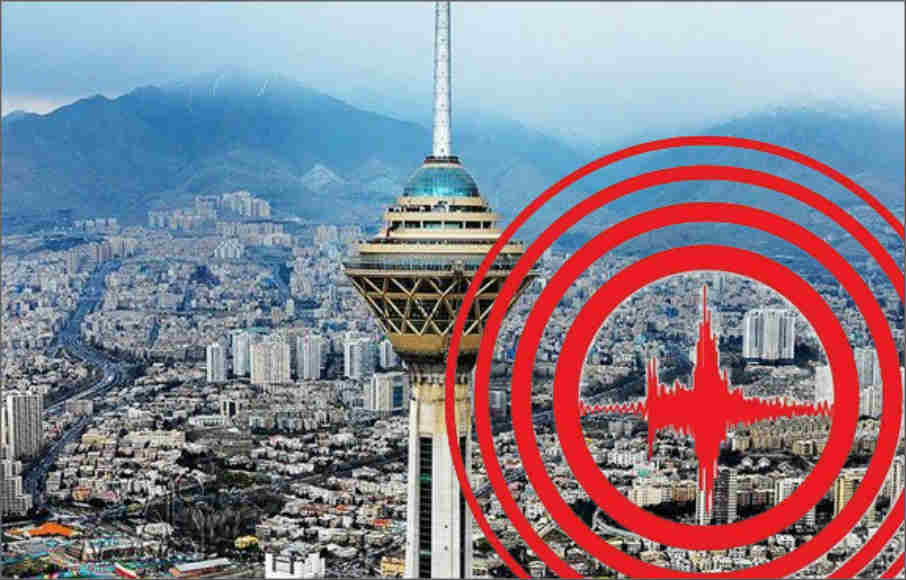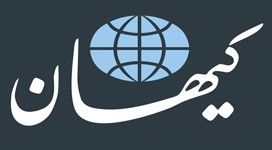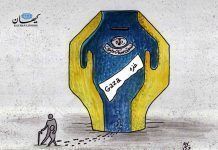December 15, 2017
Iran experienced 728 earthquakes in November 2017 alone, with the strongest measuring 7.3 on the Richter scale and striking Kermanshah Province in northwest of the country near the border with Iraq, leading to the deaths of more than 400 people, according to the National Seismological Center.

Japanese experts predict that close to 400,000 people could die if a strong quake were to hit Tehran.
Out of the 728 quakes, 404 were close to 3.0 in magnitude, 278 between 3.0 and 4.0, and 45 measured at 4.0 and higher. Two quakes with the magnitude of 2.5 hit cities of Firuzkuh, Eshtehard, Taleqan and Javadabad in Tehran Province. So far, the earthquakes that have struck Tehran Province have not been stronger than 2.5 in magnitude.
Currently, the government has no preparedness and response plan in place to deal with major natural disasters such as earthquakes. Without an effective hazard and emergency management plan, which should include disaster response and recovery measures, many could die if a strong earthquake struck major urban areas such as Tehran.
An earthquake measuring between 6.9 and 7.1 in magnitude would accelerate at the rate of six-tenths of gravity, or 600 centimeters squared per second, according to a report by ISNA [Iranian Students News Agency], quoting Dr. Nemat Hassani, director of the Civil, Water and Environment Engineering Faculty of Shahid Beheshti University.
Dr. Hassani added: “If an earthquake with that magnitude hits Tehran, 500,000 homes will be destroyed and 250,000 people will lose their lives.”








